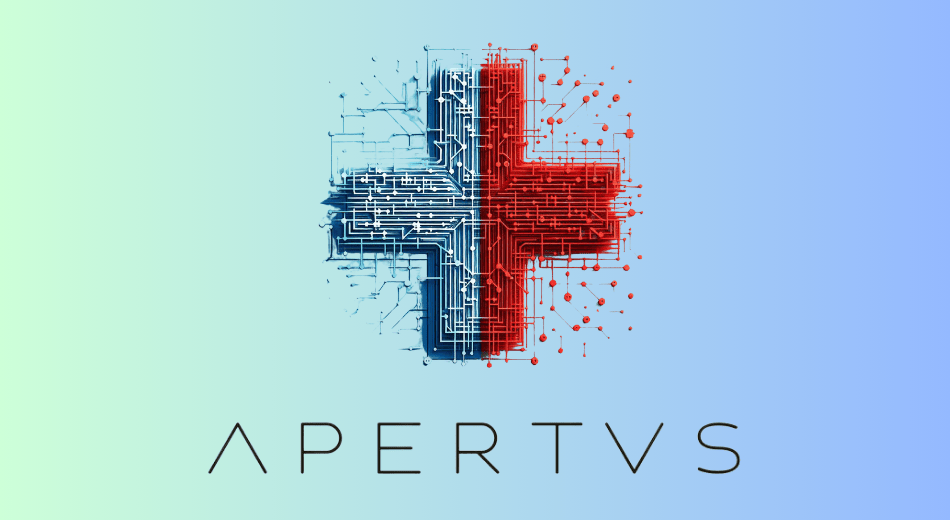
Researchers from EPFL, ETH Zurich, and the Swiss National Supercomputing Centre (CSCS) have unveiled Apertus, a fully open-source, multilingual large language model (LLM) built with transparency, inclusiveness, and compliance at its core.
Developed under the Swiss AI Initiative on public funds, and trained using over 10 million GPU hours on CSCS’s Alps supercomputer, Apertus marks a significant milestone in sovereign AI infrastructure and stands out as one of the most accessible LLMs of its scale.
The Apertus model was trained on 15 trillion tokens across over 1,000 languages, making it one of the most linguistically diverse LLMs released to date. Uniquely, 40% of the training data is non-English, including underrepresented languages such as Swiss German and Romansh.
Openness and privacy at the front
What distinguishes Apertus from many other generative AI systems is its commitment to complete openness. Unlike popular proprietary models, where users can only interact via APIs or hosted interfaces, Apertus provides open access to its model weights, training datasets, documentation, and even intermediate checkpoints. The source code and all training materials are released under a permissive open-source license that allows commercial use.
Since the full training process is documented and reproducible, researchers and watchdogs can audit the data sources, verify compliance with data protection laws, and inspect how the model was trained. Apertus’ development explicitly adhered to Swiss data protection and copyright laws, and incorporated retroactive opt-out mechanisms to respect data source preferences.
From a privacy perspective, Apertus represents a compelling shift in the AI landscape. The model only uses publicly available data, filtered to exclude personal information and to honor opt-out signals from content sources. This not only aligns with emerging regulatory frameworks like the EU AI Act, but also provides a tangible example of how AI can be both powerful and privacy-respecting.
According to ETH Zurich's Imanol Schlag, technical lead of the project at ETH Zurich, Apertus is “built for the public good” and is a demonstration of how AI can be deployed as a public digital infrastructure, much like utilities or transportation.
Apertus deployment and use potential
Swisscom is among the first to deploy Apertus on its Sovereign Swiss AI Platform, making the model available to businesses and developers via a dedicated interface. Globally, the model is also available through Hugging Face and the Public AI Inference Utility, offering access points for developers and institutions outside Switzerland.
While running a full-sized 70-billion parameter model requires significant computational resources, Apertus is also available in a more manageable 8-billion parameter variant, suitable for smaller organizations, educational institutions, and technically proficient individuals. For general users or smaller-scale developers, these smaller models can be run on local servers or accessed via cloud-hosted services like Swisscom’s platform.
A more mainstream access point is through the Public AI Inference Utility, which allows users to query Apertus through a web interface, but with the assurance that the model operates under public infrastructure principles. This means no data harvesting for advertising, no hidden surveillance, and greater transparency about how the model works, aligning with growing public concerns around the opaque data practices of commercial AI providers.
The Apertus team says future versions of the model will explore domain-specific adaptations in areas like healthcare, climate science, and legal research, while maintaining the core values of transparency, multilinguality, and public accessibility.







Leave a Reply